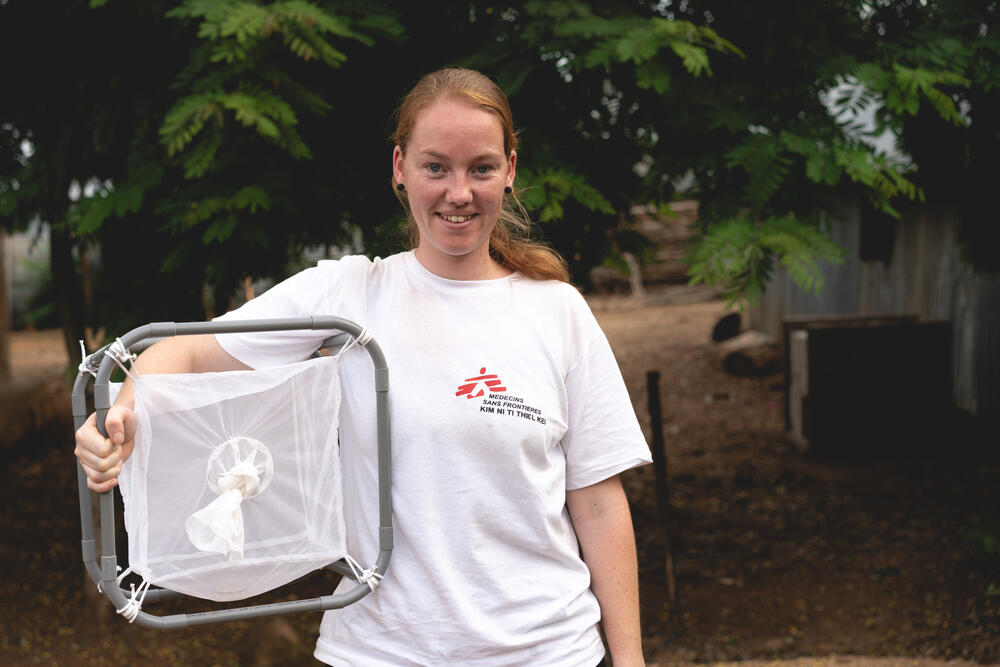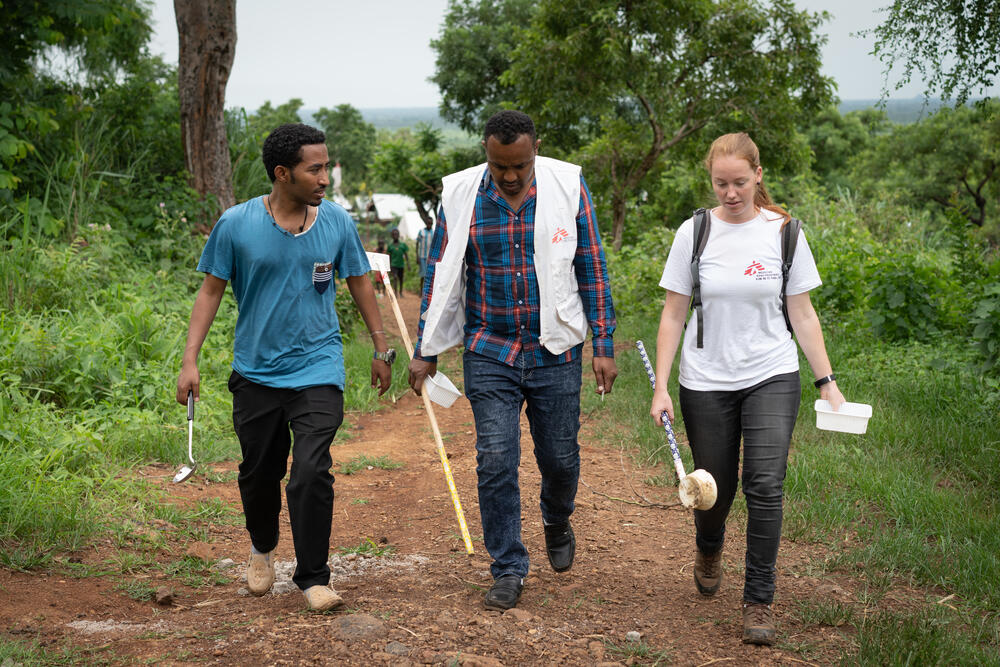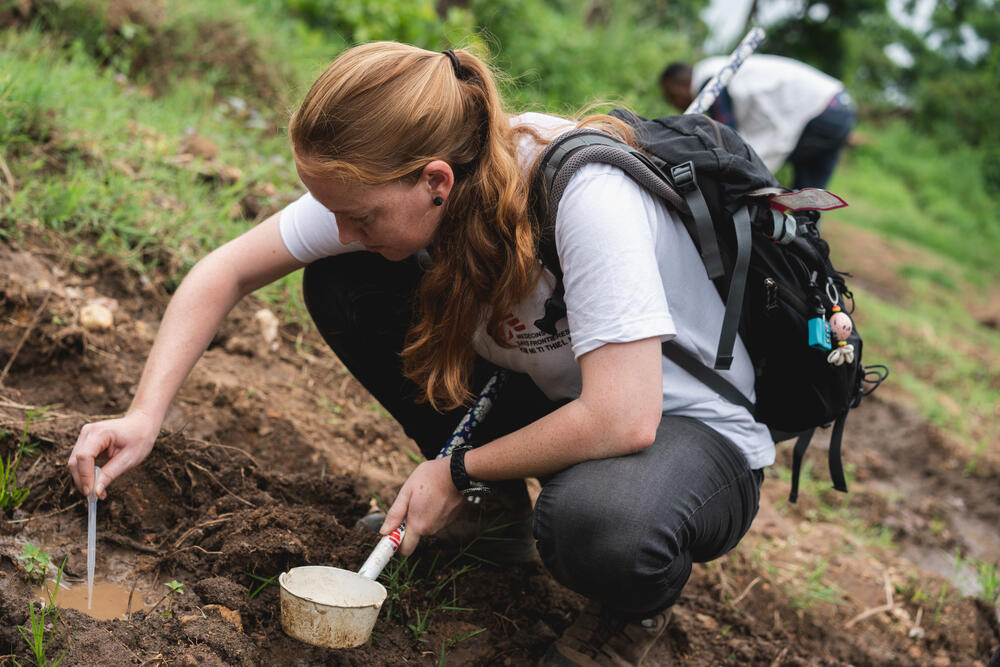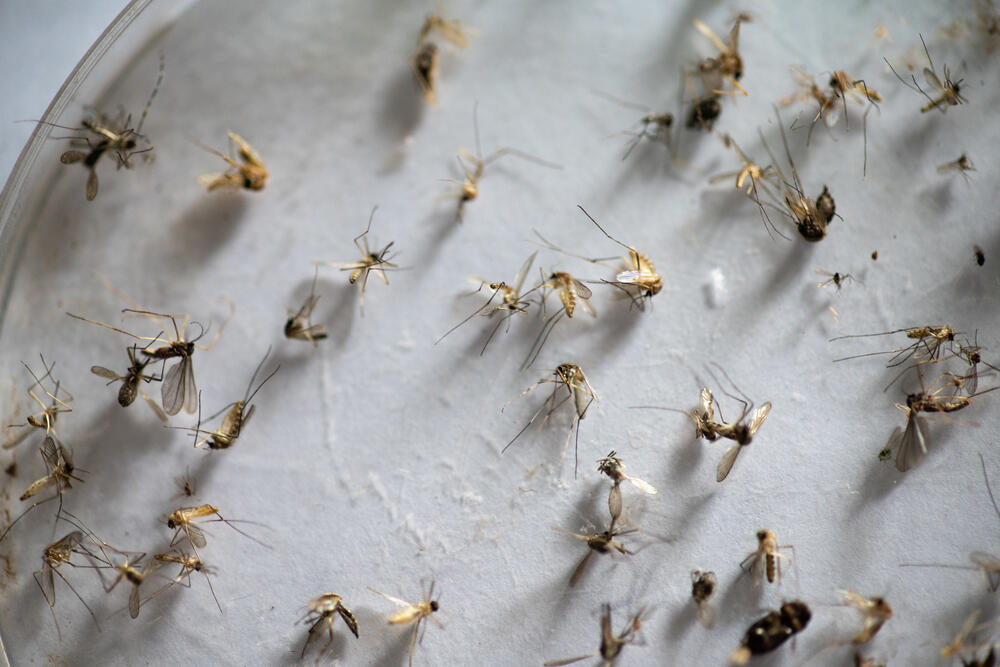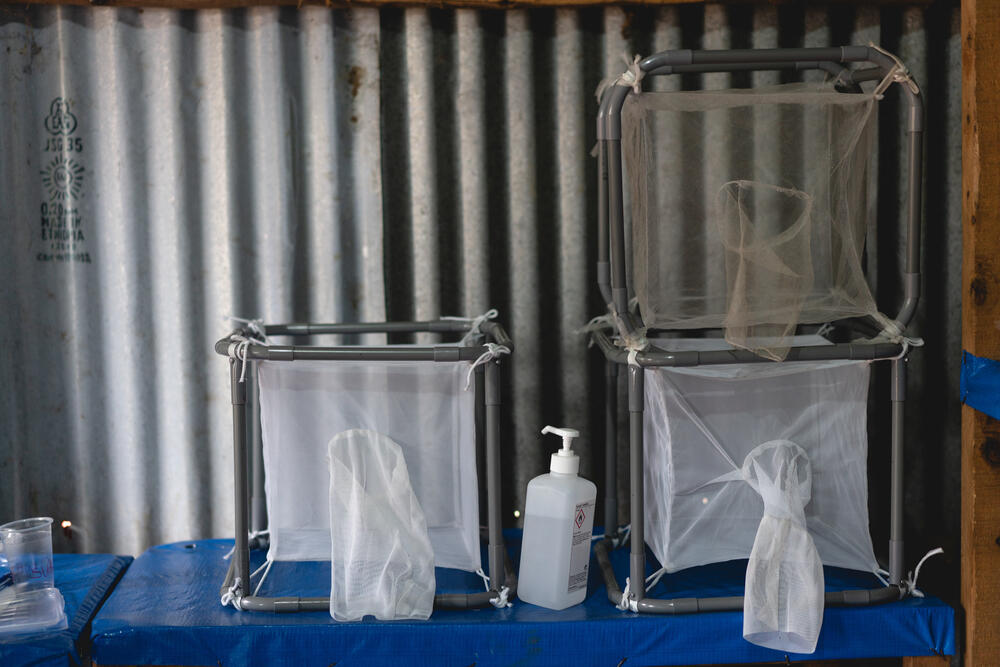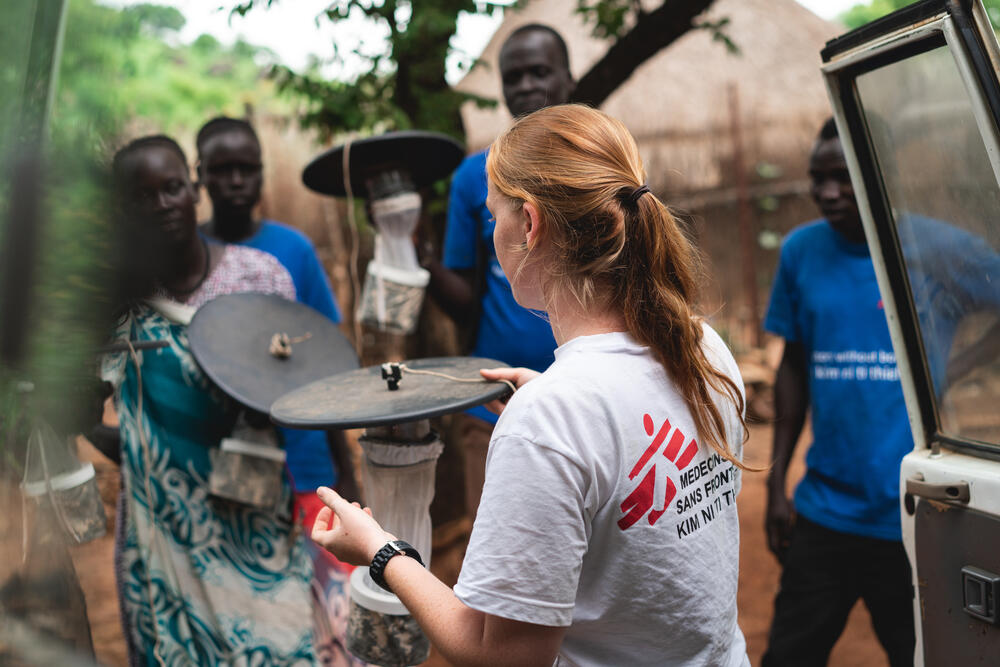Photostory: Why I catch mosquitoes to help MSF fight malaria
In 2016 alone, 216 million people were diagnosed with malaria worldwide. Spread through parasites carried by mosquitoes, the disease claimed the lives of 445,000 people in that same year.
In Ethiopia, malaria is endemic, and the country’s Gambella region – where MSF is providing medical assistance to around 400,000 refugees from South Sudan – has particularly high rates of the disease.
In fact, of the 81,000 people that MSF treated for malaria in Ethiopia in 2017, over 72,000 were from Gambella.
To tackle this, MSF launched a “rapid entomological assessment” in partnership with the Ethiopian Public Health Institute, aiming to find a better way to protect vulnerable and exposed refugees from mosquitoes.
Jeanine Loonen is the MSF entomologist carrying out the study...
Three camps, one objective
The work that I am doing right now in Ethiopia is around three refugee camps – Kule, Tierkidi and Nguenyyiel – where MSF has projects.
The main objective is to identify the different kinds of mosquitoes that live in the area, especially the malaria species, and see if they are susceptible to the insecticides that MSF uses to control “vectors” (an organism that transmits disease).
I originally decided to study entomology, and mosquitoes in particular, after my mother was infected with dengue fever. I was, and still am, determined to contribute to the eradication of vector-borne diseases.
Then we will be able to adjust our protocols and identify the right kind of insecticide to use, as different types of mosquitoes respond to different insecticides.
Some species bite mainly inside houses, while others live and bite outside, so we also need to adapt our vector control to suit the area you are targeting.
Trapping mosquitoes
To find out what species are around, we place mosquito traps (called CDC light traps) in several randomly selected shelters around the camps.
We install them next to beds so that the mosquitoes will be attracted by the sleeping person but are then sucked in by the trap, which is equipped with a light and a fan.
The next morning, we collect the traps and take them to our lab to identify them using microscopes.
So far we have identified three different species of mosquitoes in the Gambella area:
- Culex mosquitoes – which can be vectors for Japanese encephalitis
- Anopheles mosquitoes – the vectors for malaria
- Aedes mosquitoes - which can carry dengue, chikungunya and Zika viruses.
However, the fact that a specific species of mosquito is present doesn’t necessarily mean that they carry their respective parasites and viruses. This will be determined later by molecular analysis of the mosquitoes, carried out in Europe.
Effective insecticides
To find the most effective insecticide we breed mosquito larvae at various sites around the camps. We then bring them to our lab and grow the larvae into adult mosquitoes.
We keep them in trays filled with water and feed them fish food until they turn into pupae.
Then we transfer them into special cages, where, after around two days, they will develop into adults that can be studied.
We then carry out two different experiments: the “WHO tube bioassay”, which involves placing mosquitoes into tubes with insecticide-impregnated paper, and the “WHO cone bioassay” which tests insecticide-impregnated mosquito nets as well as various sprayed surfaces.
This way we test both the specific insecticide as well as the ways it can be used. The study tests 14 different types of insecticides.
Custom-made cages
My mosquito cages are very unique. They were custom-made by my dad and sister!
I usually need two suitcases full of materials for this kind of study, so I was looking for equipment that was light but could also survive tough conditions.
I was speaking to my dad and sister about this, and they decided to help me develop the light-but-robust equipment. My dad created the frames out of PVC tubes, while my sister designed and weaved the nets to effectively keep mosquitoes trapped.
They are not entomologists, but they are very resourceful.
Next steps
We will take all the samples back to the Netherlands. There we will conduct a molecular analysis to identify the various subspecies that we collected and determine whether they are carrying parasites or viruses.
This way we will be able to create maps with hotspots of malaria transmission and begin using the most appropriate insecticide and nets to combat its spread, including methods to reduce the level of insecticide resistance in the mosquitoes.
My life as an MSF entomologist
I love being an entomologist with MSF. The job is fascinating and we work in very interesting environments.
After I finish here, I will go to Bentiu in South Sudan to conduct the same study. We also have a new design of the assessment that should allow us to complete each study within one month.
It’s always funny to arrive at a project and have people ask you: “Entomologist? What does MSF have to do with an entomologist?”
However, when you start explaining what we are doing, people usually get really interested.
I originally decided to study entomology, and mosquitoes in particular, after my mother was infected with dengue fever. I was, and still am, determined to contribute to the eradication of vector-borne diseases.
It was my dream, but I couldn’t have imagined that I’d have found myself working with an organisation like MSF, actually helping so many people. I am really happy.
MSF in Ethiopia
Médecins Sans Frontières/Doctors Without Borders (MSF) started working in Ethiopia in 1984. Today, our teams fill gaps in healthcare and respond to emergencies affecting local communities, internally displaced people and refugees.
MSF in Ethiopia
Médecins Sans Frontières/Doctors Without Borders (MSF) started working in Ethiopia in 1984.
Today, our teams fill gaps in healthcare and respond to emergencies affecting local communities, internally displaced people and refugees.
